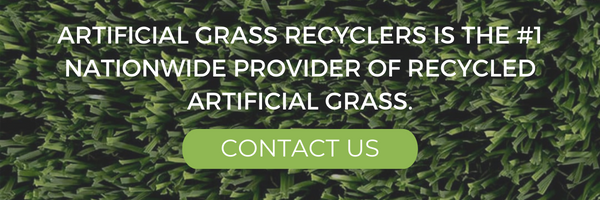Many people look to save water in their homes. There can be various reasons for this, such as saving money on their bills and/or helping protect the environment. When they do this, though, they often forget about their yards. Gardeners sometimes don’t know how much water their yard needs.
This can lead to needless overwatering which costs them money. This is both in water bills and the cost of replacing plants that have died through overwatering. If you’re looking for DIY water-wise gardening tips, you’ve come to the right place. The list below gathers all of the information you need to keep your yard healthy, as well as keep your water usage down.
You’ll be surprised at how much water you can save in your yard!
Save and reuse water whenever you can
You may think that your yard needs perfectly clean water whenever you water it, but that isn’t the case. You can actually use a lot of ‘gray water’, that is, water that has already been used once. Here are a few examples that you can try:
- Bath water: The average bath holds up to 100 liters of water. That’s a lot of water just to let drain through the plug hole! Instead, save that water and use it in your garden. You can either scoop it out with buckets, or you can buy a grey water diverter that will divert that water into storage in your yard.
- Dishwater: This works on the same principle as your bath water. Once you’re done with it, use it to water some plants. If they’re not ready to be watered yet, simply pour it into a storage butt.
- Rainwater: There’s nothing freer or more eco-friendly than using rainwater to water your plants. Keeping a water butt to collect the runoff from your rain gutters is a great idea. You can save up to 4,000 liters of water in one butt, depending on which kind you buy. If you have a particularly rainy season, that’s a lot of water you can save for later use.
Remember, household soaps and detergents won’t harm your plants, but bleaches and disinfectants will. If your water contains this, don’t use it in your yard.
Choose your plants carefully
How much water your yard uses depends on the kind of plants that are planted in it. If you’re remodeling your yard or just starting out with gardening, here are the plants that use the least water.
- Established or slow-growing plants
- Smaller plants
- Varieties with small or narrow leaves
- Gray or silver foliage
- Leathery, hairy or fuzzy foliage
Avoid plants that have greater water needs, such as those with the following:
- Those with higher fertilizer needs
- Plants with broad leaves
- Newly planted vegetation
- Fast-growing plants
Use mulch to save water
A lot of water can be lost from your plants as it evaporates before it can be properly soaked into the soil. A good way to stop this is to buy mulch and spread it around your plants.
When those plants are then watered, the mulch will hold that water and allow it time to get into the soil, rather than losing it to the atmosphere.
The best mulch to use for DIY water-wise gardening is a coarse one. It will allow the water to move through to the soil, unlike a fine mulch that traps the water. A bark chip mulch is one of the best ones for saving water.
Think about your plant containers
Those metal or terracotta pots will look pretty in your garden, but they can cost you a lot in water. Metal pots draw water away from the soil, and water can seep from terracotta pots. If you really need those pots, consider using them as ornamental ones only.
The Micro Gardener recommends placing plants in nonporous pots first before you place them into the ornamental ones.
.jpg?width=3000&height=2250&name=Artificial-Grass-Recyclers-Installation-Photos-46%20(1).jpg)
Replace your lawn to save on water
Your lawn is the pride and joy of your yard, but it’s one of the biggest users of water in it. About 15% of a household’s total water use is on their lawn alone. If you’re looking to cut back on water use, your lawn will be at the top of your list.
One great way of cutting those costs at a single stroke is to install an artificial lawn. Modern artificial lawns look just as good as the real thing, and without the effort of a real one. They’re also resistant to frost and the sun, meaning they take almost zero effort to care for. If you want to be totally environmentally friendly, you can even buy recycled artificial lawns. What can be better for the planet than that?
Pick the right tool for the job
The Guardian lists a variety of tools that can help you water your yard, and where they’re best used:
- Sprinklers: They can cover a wide area, but they can’t target certain plants that need the water more than others.
- Seep hoses: These hoses have holes in them that allow water to seep out. They can be buried under soil to avoid water loss through evaporation.
- Hoses and watering cans: These are more labor intensive, but they allow you to water the areas that the yard actually needs.
- Automated irrigation systems: These can be programmed to target specific sections of your yard at certain times. However, they are the most expensive DIY water-wise gardening option.
The best choice is either the hose or the automated system, depending on how involved you want to be in the watering process.
Hopefully, these tips have given you some ideas about DIY water-wise gardening. It’s not that difficult to change your watering habits. Think about how much water your yard actually needs. You’ll soon find that you’re saving a lot of money and water, which both your wallet and the environment will thank you for.
Tags:
Conserve WaterOctober 24, 2016


